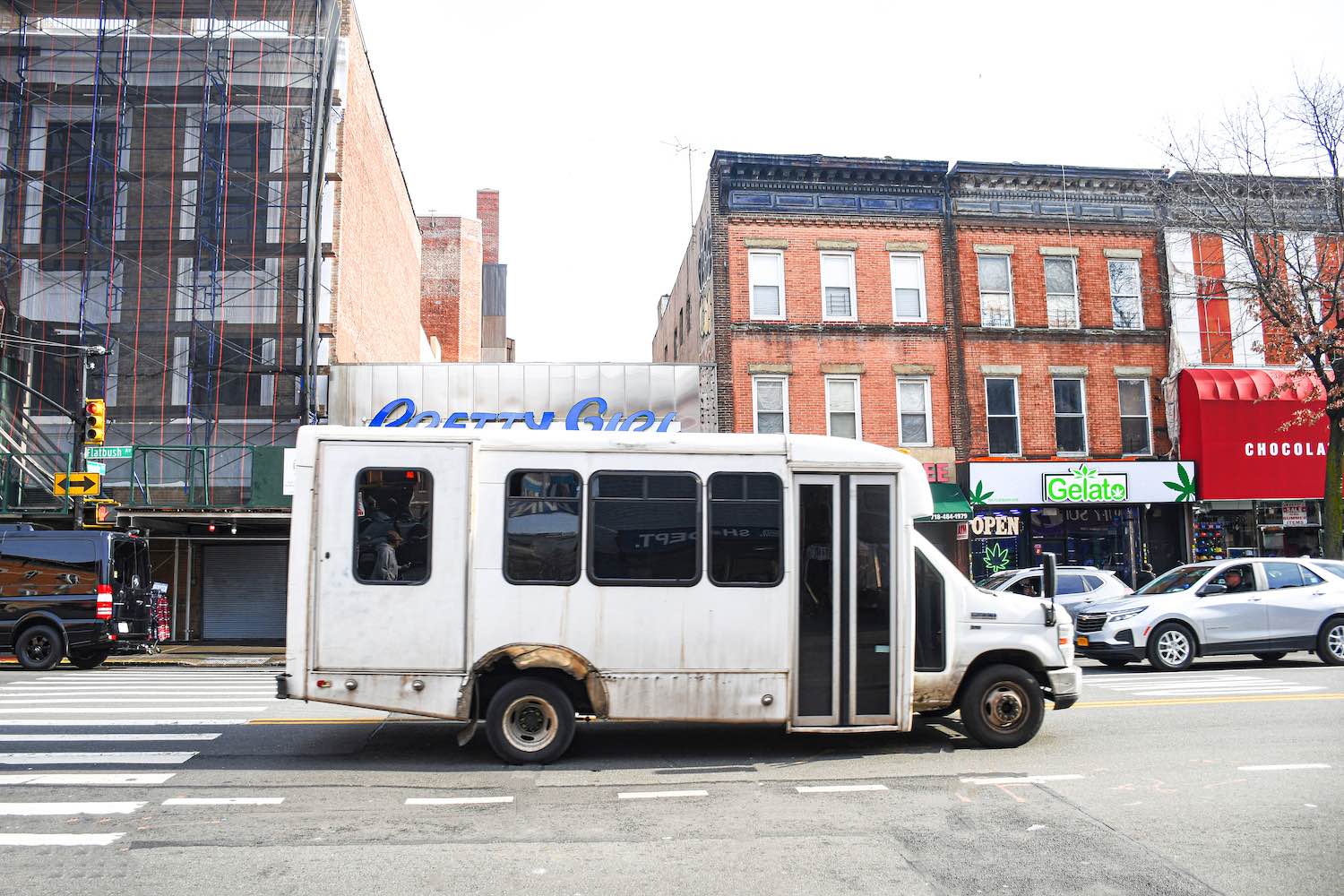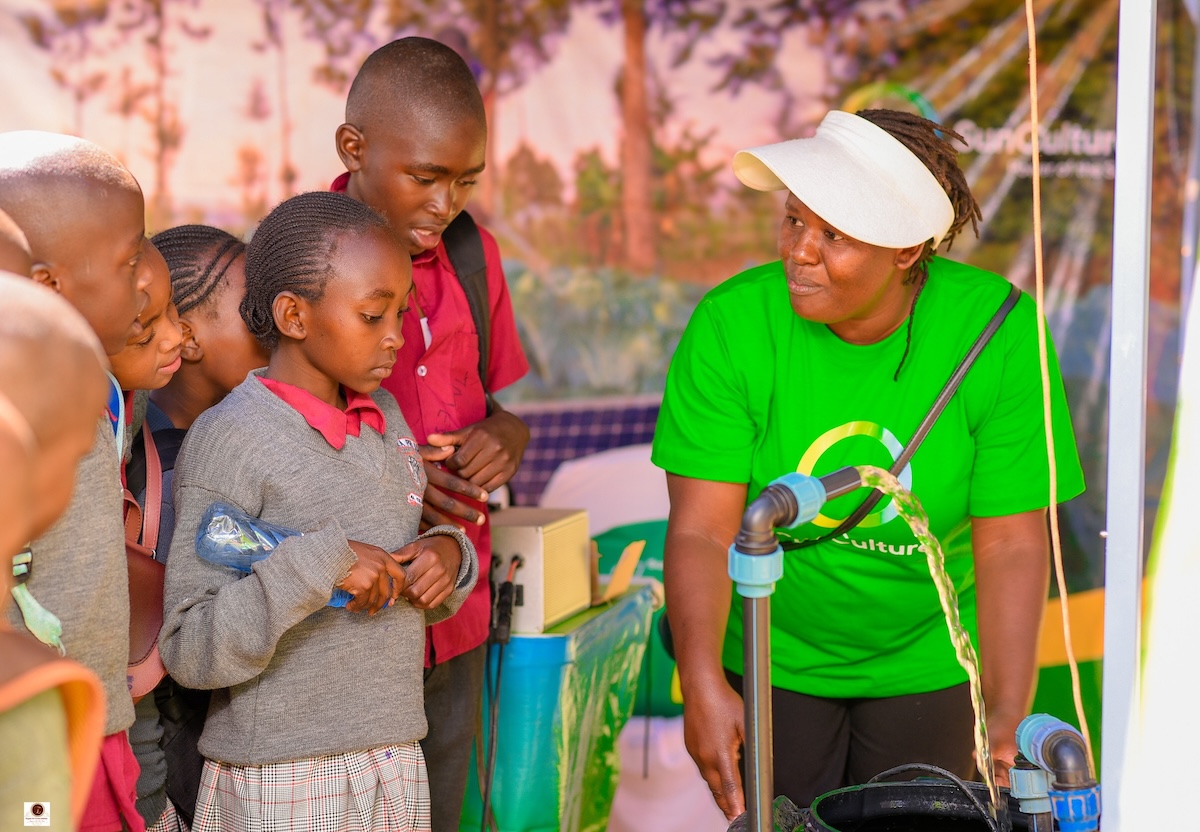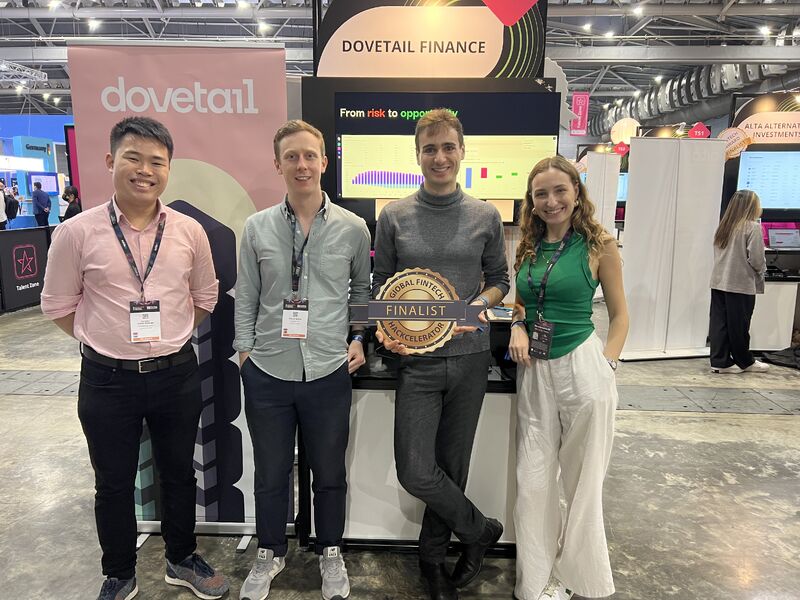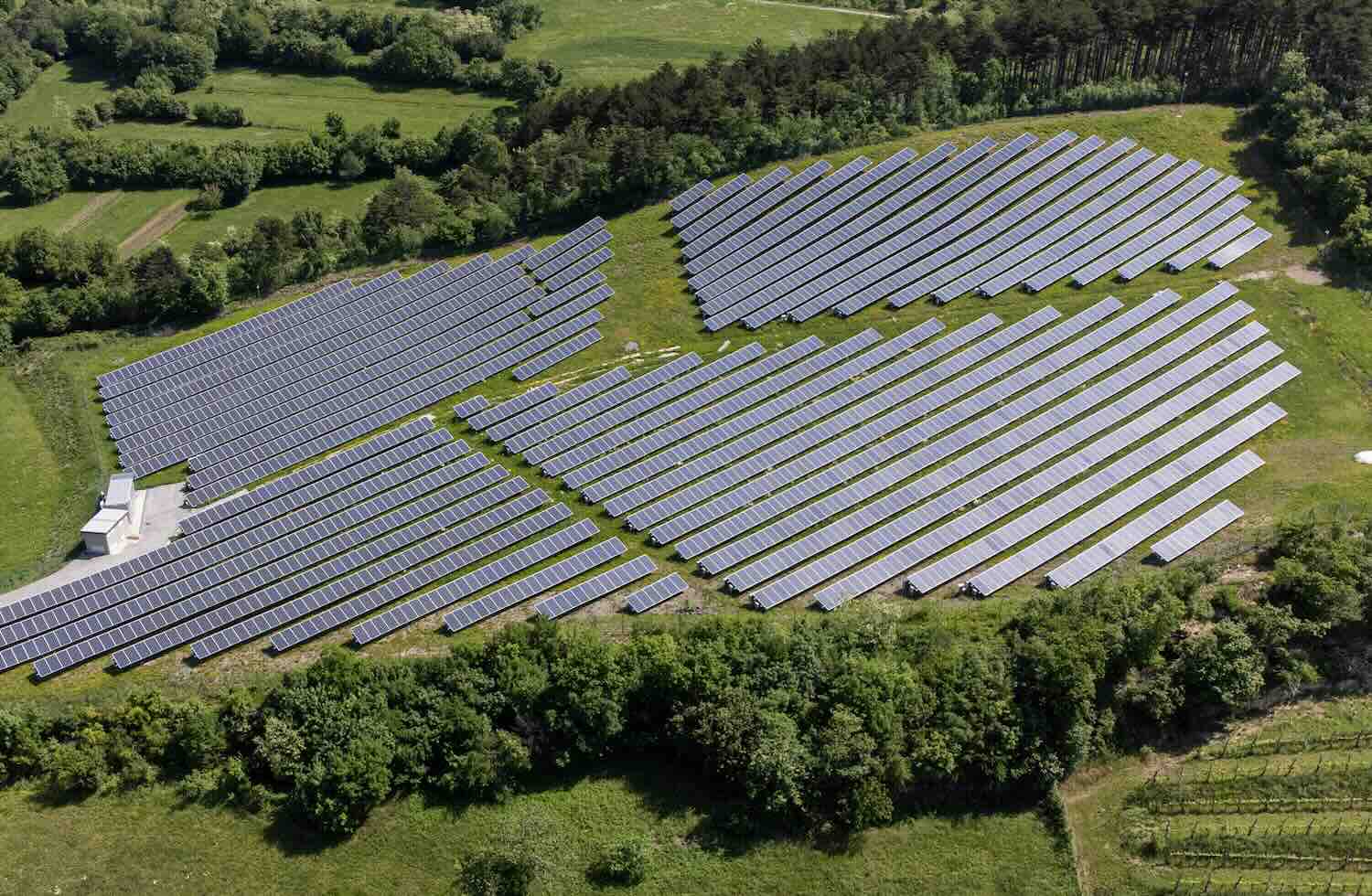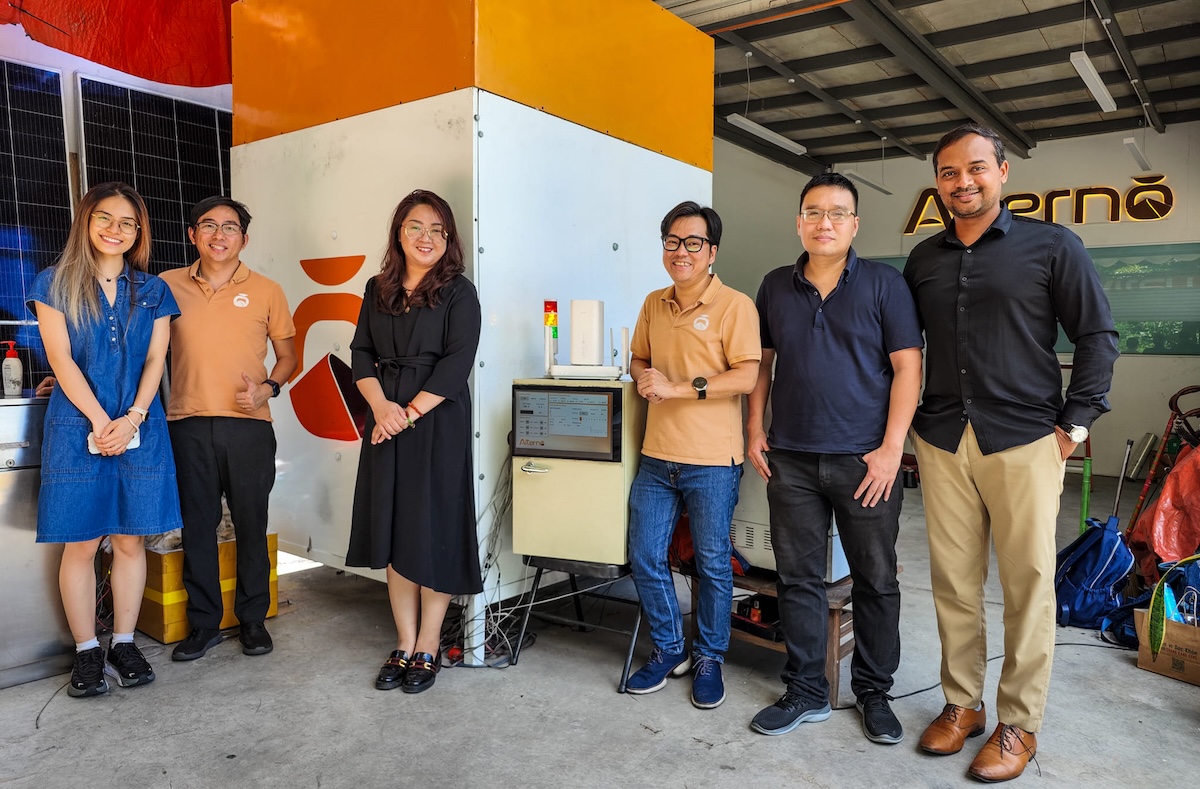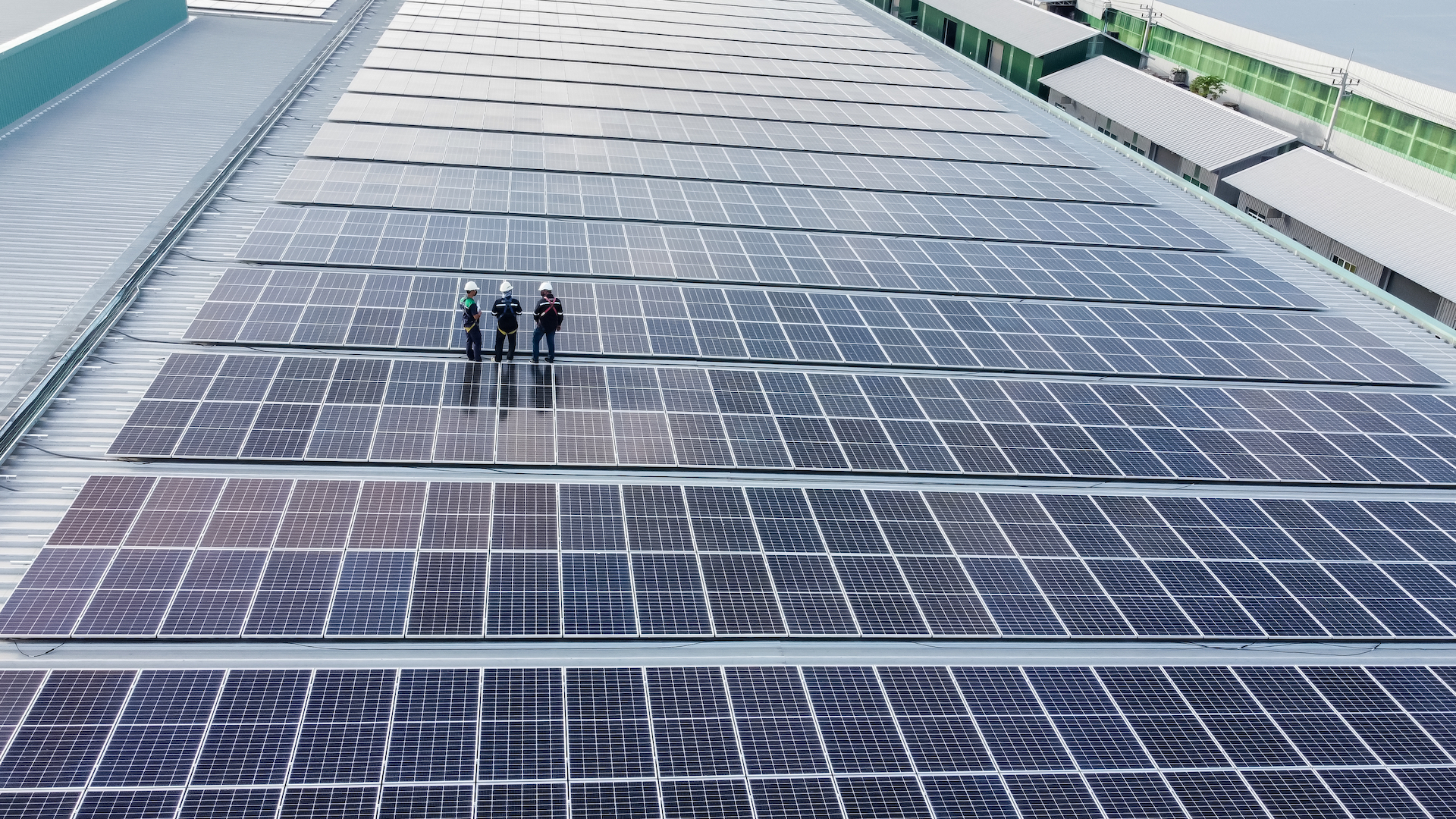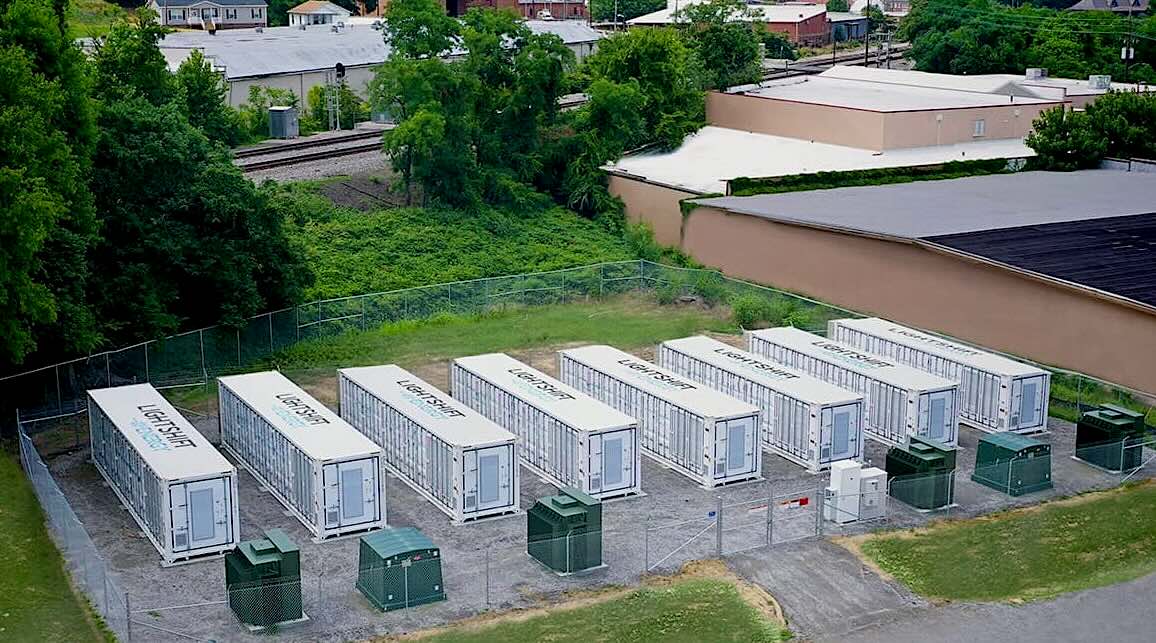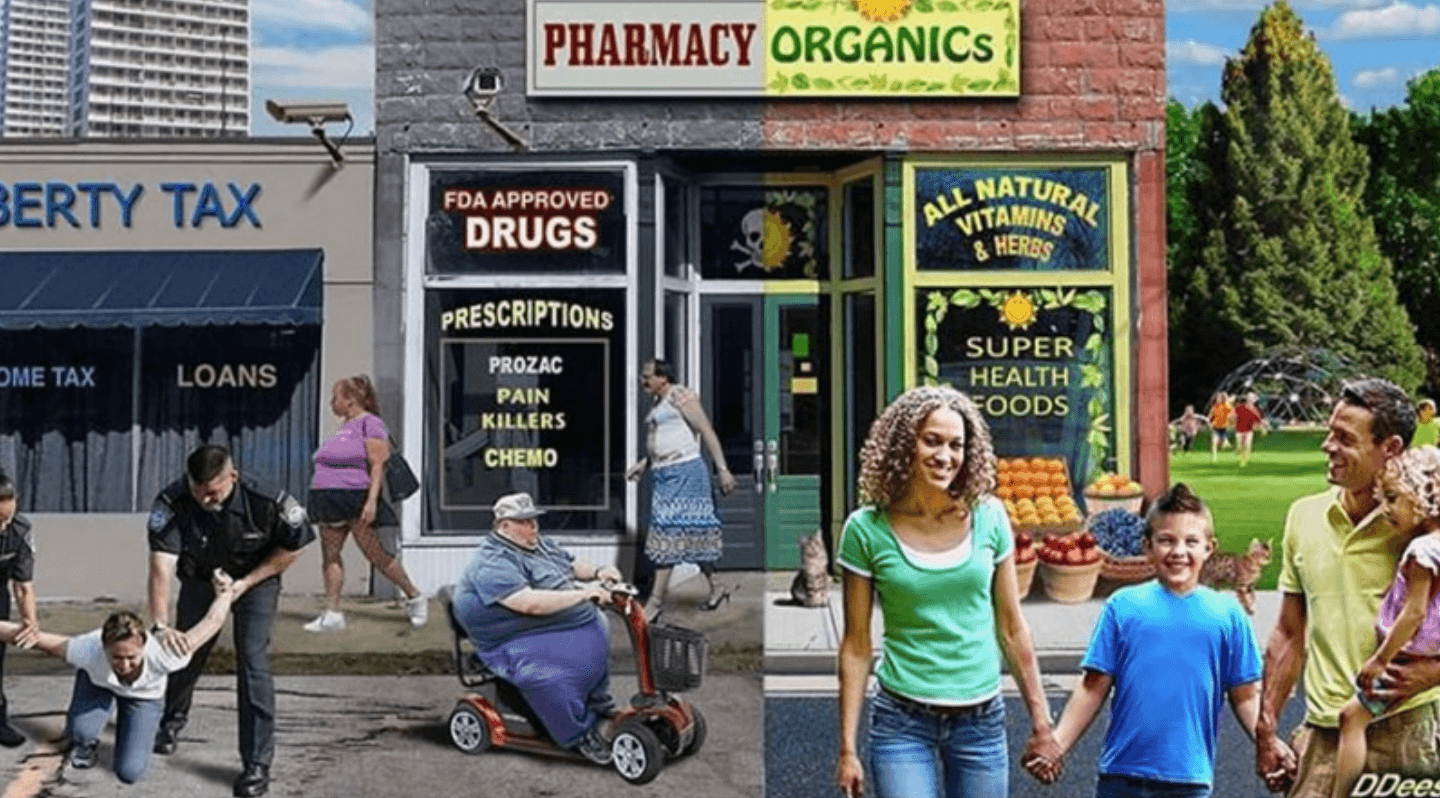ImpactAlpha, January 5 — Along Flatbush Ave. in Brooklyn, several informal “dollar vans” pass by for every city bus. The rides are more like two dollars, 75 cents cheaper than the bus. Ubers are out of reach. Yellow cabs are nonexistent.
The informal economy of dollar van drivers and riders that serves New York’s “transit deserts” has been disrupted by high gas prices, rising insurance rates and COVID slowdowns.
A collaboration between local tech and climate entrepreneurs is aiming to improve the livelihoods of dollar van drivers and decarbonize urban transport by helping dollar van drivers convert to electric vehicles.
Backed by a $10 million grant from the New York State Energy Research and Development Authority, or NYSERDA, the Clean Transit Access Program aims to electrify at least 100 dollar vans operating in New York’s most severe transit deserts in Brooklyn and Queens this year.
“We want the drivers in the industry to have the best equipment and technology because oftentimes our communities don’t get what is the best,” says Su Sanni, co-founder of Dollaride, the Black-led, Brooklyn-based tech startup spearheading the collaboration. “We’re trying to show the world that this is how you uplift communities and you deliver impact. You use the best tools that you have available.”
Dollaride has raised $1.1 million in pre-seed funding from Backstage Capital, Sorenson Impact Foundation and Powerhouse Ventures and other investors.
Serving transit deserts
Transit deserts, like food deserts, affect the health and economic vitality of communities and residents.
A citywide transit strike in New York on April 1, 1980 gave birth to dollar vans. Around 34,000 members of the Transport Workers Union walked off the job because of a dispute over wages for contracted workers, returning 11 days later after an agreement was reached.
During the strike, minivan drivers charged commuters a dollar to shuttle them to and from work. When the strike ended, dollar vans remained to meet demand from low-income workers in neighborhoods underserved by the NYC Metropolitan Transportation Authority’s bus and subway train system.
Four decades later, Dollar vans are a staple for commuters in New York’s transit deserts, transporting over 120,000 riders daily in low-income, minority and immigrant communities. The informal transit network has approximately 600,000 drivers charging $2 per passenger along fixed routes in Brooklyn, Queens and Manhattan’s Chinatown.

Dollaride launched in 2018 to digitalize payments and transit routes for dollar van drivers and their customers. Sanni and co-founder Chris Coles aimed to bring drivers into the digital world, and help them increase their income. More than 400 dollar van drivers use the mobile app, reporting income increases by a third since they started using Dollaride.
The next step is electrification. Before Covid-19, drivers spent a little over $1,000 on gas expenses weekly. During the pandemic, and with the recent increase in gas prices, drivers who bring in $800 to $1,000 per week might spend nearly double that amount on gas and weekly maintenance. Some drivers have increased their fares from $2 to $3 to offset losses.
“We run locally and pick up and stop for passengers all the time,” Fatai Lasisi, a Nigerian native who started as a dollar van driver in 1982 and now owns his own fleet of dollar vans, told ImpactAlpha. “When you’re waiting for passengers, the AC or heater has to be running, so we burn a lot of gas.”
“Insurance right now is $35,000 per year for one 10-passenger van, and by March this year we expect insurance to go up again,” Lasisi said. He sees the electric program as an opportunity to save up more for insurance. “We wouldn’t be spending too much money on gas and repairs.”
Digitized and electrified
Dollaride’s Sanni grew up in a transit desert in East New York, in a family of dollar van drivers and fleet owners. Sanni’s uncles were pioneers with fleets of dollar vans around the time New York City’s government recognized the industry and required drivers to get licenses in 1994.
“My family’s connection to the industry is what got me into this business,” Sanni told ImpactAlpha. “It made me want to start a technology company that served the industry.”
With the Clean Transit Access Program, Dollaride aims to help dollar van drivers deliver a cleaner and more sustainable shuttle service to their customers. The program aims to electrify at least 100 dollar vans operating in New York’s most severe transit deserts in Brooklyn and Queens this year. Dollar van drivers and fleet owners looking to go electric will apply to the Clean Transit Access program. Dollaride will screen drivers before accepting them into the program.
Drivers will have the option to either lease or purchase a new vehicle, or have their vehicles retrofitted with an electric powertrain. “Some drivers and fleet owners may not have the money to buy vehicles upfront,” Sanni says. “We’re going to have different types of programs that will allow them to get a vehicle with no upfront costs.”
By going electric, Sanni says he expects to help dollar van drivers save up to $25,000 a year on gas alone. Currently, New York’s dollar vans emit more than 27,000 metric tons of carbon per year; Sanni expects to cut emissions by approximately 4,900 metric tons.
Transition financing
Portland-based climate finance startup Enduring Planet, through its grant advance program, will help Dollaride convert the grant funding into working capital. The grant advance allows Dollaride to start the Clean Transit Access Program 3-4 months early and avoid raising more dilutive venture capital, says Enduring Planet. Cleantech consultant Build Edison will help Dollaride manage the project.
BlocPower, a Brooklyn-based company that installs heat pumps to electrify buildings in low-income and minority neighborhoods in the U.S., will finance the Clean Transit Access Program. BlocPower plans to deploy up to $30 million to finance the Clean Transit Access Program, Keith Kinch told ImpactAlpha, “in the same way that BlocPower helps building owners finance and perform energy-efficient upgrades without paying upfront costs.”
As a shorthand to explain its business model, BlocPower boasts about “turning buildings into Teslas.”
“Essentially, we’re going to turn dollar vans into Teslas,” says Sanni.
Brooklyn-based HEVO, a wireless electric vehicle charging startup, will supply more than 100 plugin and wireless EV charging stations for dollar van drivers. Charging stations will be positioned at highly trafficked retail locations to allow drivers to charge their vans overnight and pick up passengers in the morning. EV owners nearby will also have plugin charging access during the day.
The new program will also enable and fill in other gaps that Dollaride wasn’t able to deliver on, such as facilitating access to vehicle ownership, more affordable insurance and the low-carbon transition.
“A big part of the process is that they have the necessary license and insurance,” says Sanni. The grant funding will help more drivers qualify.
“At the end of the day, we don’t want to turn away anybody.”

